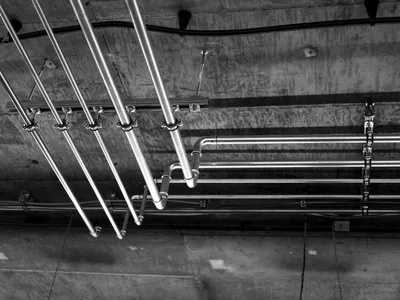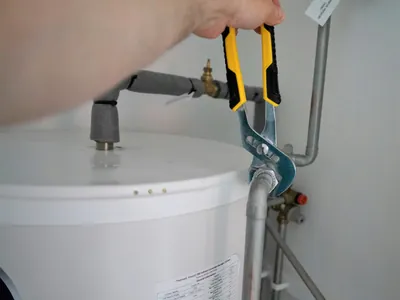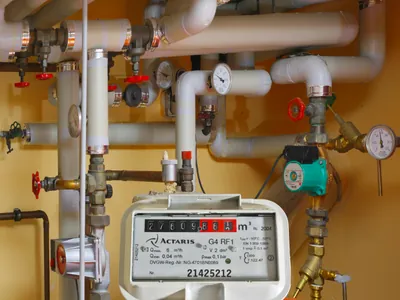Pipe Insulation: Protecting Your Plumbing in Winter

As temperatures drop, the water in your pipes can freeze, expand, and potentially cause a burst pipe—leading to catastrophic water damage. Pipe insulation is a simple, inexpensive preventive measure that protects your plumbing and offers other benefits year-round.
🏆 Key Benefits of Insulating Pipes
Insulation does more than just prevent freezing.
🧊 Freeze Prevention
The primary benefit is preventing water from freezing inside pipes located in unheated areas like basements, crawl spaces, and attics.
⚡ Energy Savings
Insulating hot water pipes reduces heat loss, so your water heater doesn't have to work as hard. This can save you money on energy bills.
💧 Condensation Control
On cold water pipes, insulation prevents "sweating" during humid months, which helps control moisture and prevent mold growth.
🤫 Noise Reduction
Insulation can help dampen the noise of running water, leading to a quieter home.
📋 Types of Pipe Insulation
The most common type for DIY projects is foam pipe insulation.
🔧 How to Install Foam Pipe Insulation
This is a straightforward DIY project that can be completed in an afternoon.
Focus on pipes in unheated or poorly insulated areas first, as these are the most vulnerable to freezing.
For comprehensive winterization services or to repair damage from a burst pipe, trust the experts at The Box Advantage Group. We offer professional plumbing services to keep your home safe and dry all winter long.

